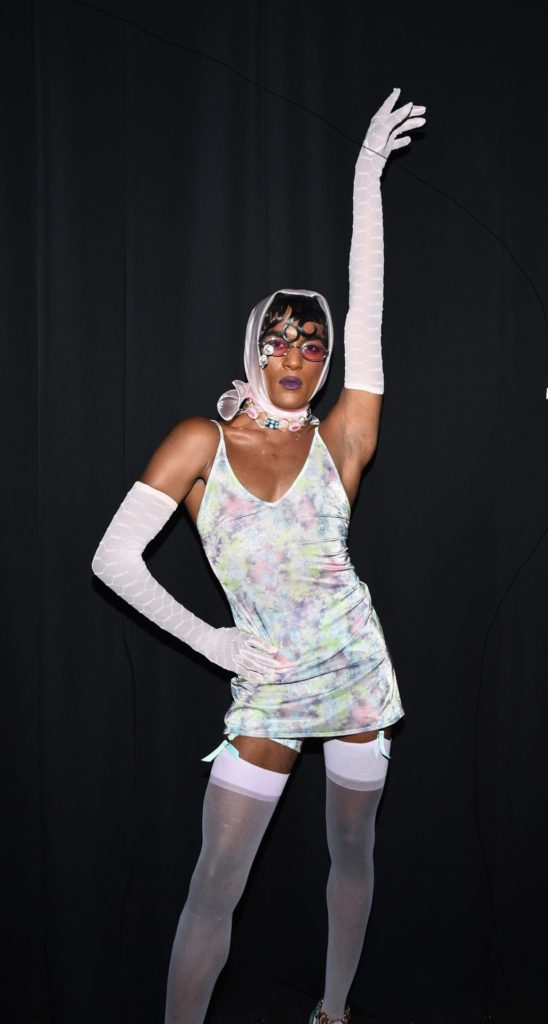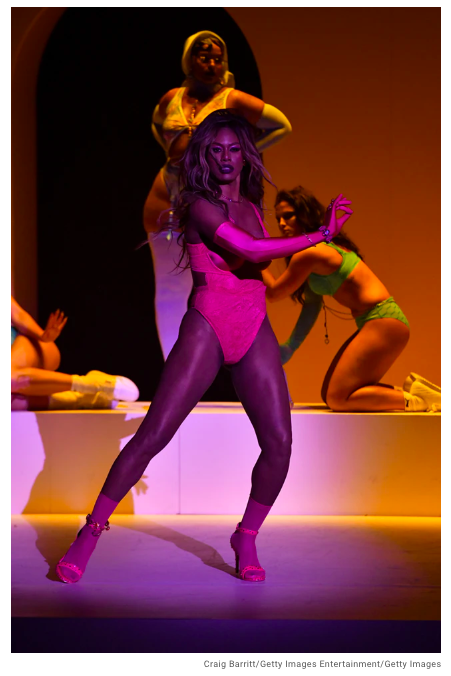Tansy Hoskins piece “Is Fashion Racist” is an exploration on the many exclusionary practices within the fashion industry. Hoskins methodically analysis how different aspects of the fashion industry are systemically racist often through the guise of “Fashion” as something that is innately exclusionary. In Simmel’s Fashion (1957) he explains that “the very character of fashion demands that it should be exercised at one time only by a portion of the given group”(p. 547) Whereas the Fashion discourse has moved past Simmel in many way, there are strands of this concept that are still prevalent. These exclusionary practices manifest themselves through the lack of diversity when hiring of models, and then the lack of cultural sensitivity in advertisements and editorials. It also manifests itself in the appropriation of other cultures for the use of Fashion while at the same systemically hindering the growth of Fashion within non-Western countries. Despite this systemic racism, Fashion has a way of putting a veil over it, ignoring the racist, anti-Semitic, homophobic actions portrayed by designers, brands and magazines, highlighting the luxurious aspects and ignoring the discourse around the ugly.
Questions:
Tansy Hoskins “Is Fashion Racist”
- The production of fashion is a highly lucrative business. (p. 129)
- In August 2008 Vogue India ran a ‘Slum Dwellers’ shoot, …. (p. 132)
- It would be easy to reduce all fashion race-related stories … (p. 134)
- In eighteenth- and nineteenth-century cotton-weaving town like Manchester… (p. 135)
- Many feminists in 1968 could not understand why the black community … (p. 135)
- Beauty is a site for political resistance, though a problematic one. (p. 136)
- This merging of cultures could be taken as a sign of progress… (p. 138)
- Fashion’s penchant for imitating cultures reinforces the idea that cultures … (p. 139)
- The second response from the fashion industry is a strengthening of its racist … ( p142)
- Should artists be judged by their political beliefs? (p145)







